
Preços apresentados são para exportação e não contemplam impostos e frete. Para aquisição no mercado nacional, impostos e frete serão acrescidos e apresentados no checkout antes da conclusão da compra.
Showing all 7 results
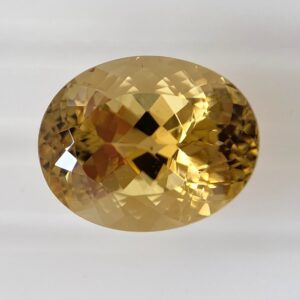
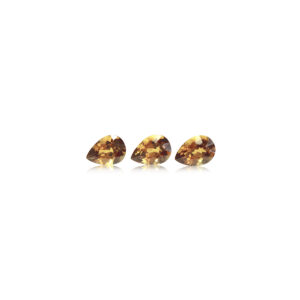
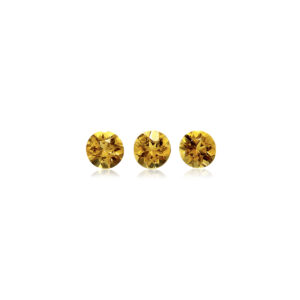

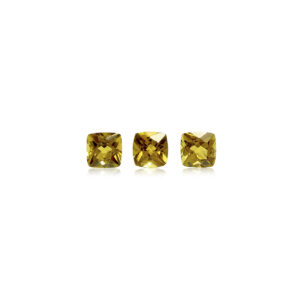
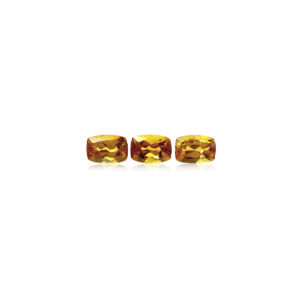
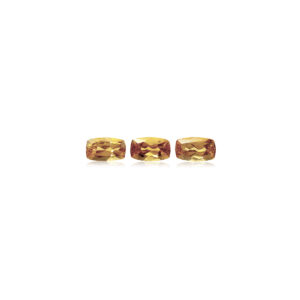
Name Origin: This name is given by the fact that the name of the color is sometimes used after the term tourmaline instead of using the gemological variety. So, in this case, Yellow Tourmaline.
Main Colors: Yellow, with overshades of green and brown.
Producing Countries: Tourmaline deposits are found in pegmatites and alluvial deposits. Yellow tourmaline does not have a regular production, with the African Continent being the main source, especially in Kenya, Mozambique, and Congo.
Common Shapes: Oval, drop, and antique are the most used shapes.
Usual Treatment: Irradiation and/or thermal heating can be used, but most do not respond well.
| Species | Yellow tourmaline |
|---|---|
| Hardness of Mohs: | 7/7,5 |
| Specific Density: | 3,06 (+0,15 / -0,05) |
| Cleavage: | None. |
| Fracture: | Uneven, brittle conical |
| Crystal System: | Hexagonal (trigonal) usually elongated crystals with triangular sections and rounded faces, clear striations parallel to the main axis; often, several prisms grow together. |
| Chemical Composition: | (NaLiCa)(Fe₁₁MgMnAl)₃Al₆[(OH)₄(BO₃)₃Si₆O₁₈)]Aluminum complex borosilicate of variable composition. |
| Transparency: | Transparent |
| Refractive Index: | 1,624-1,644 |
| Birefringence: | 0.020 |
| Dispersion: | 0,017 |
| Pleochroism: | Light yellow. |
| Luster: | Vitreous |
| Fluorescence: | Weak or none |
Belo Horizonte – MG


